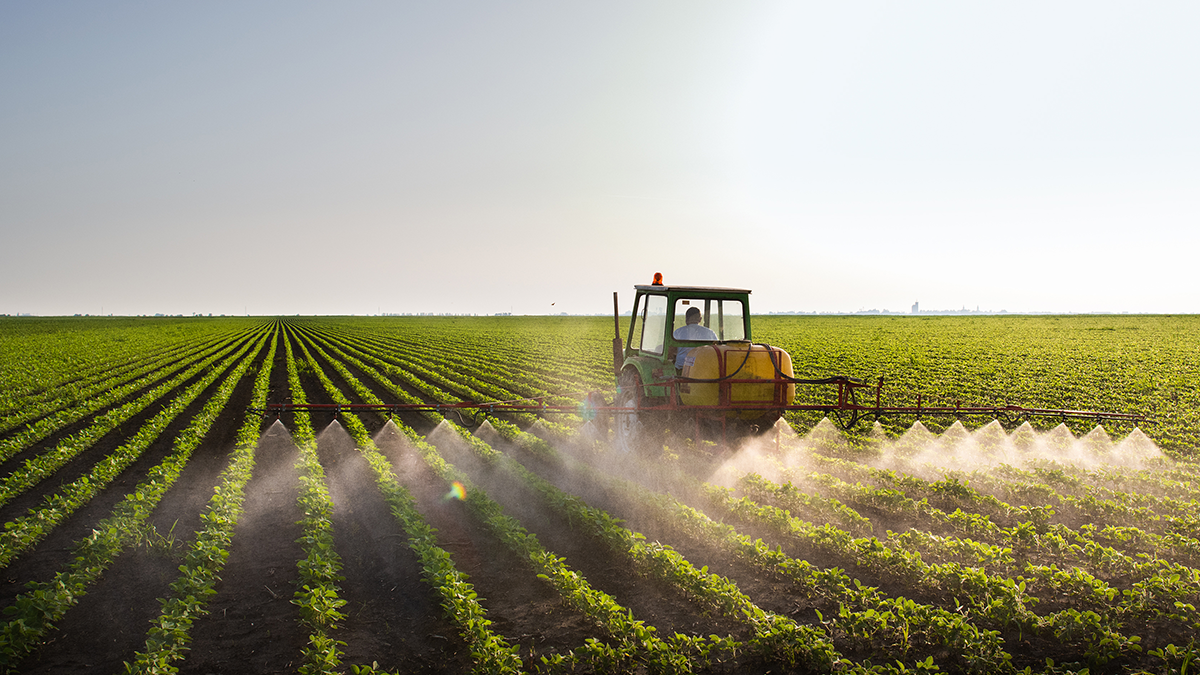How to Choose the Right MRV Platform for CSRD and FLAG Compliance

Here’s Why Your MRV Platform Matters
Agri-food companies must rethink how they track environmental impact. Rising pressure from regulators and markets is reshaping how sustainability is reported. Today, companies aren’t just asked to make a climate commitment; they’re required to prove it.
The EU’s Corporate Sustainability Reporting Directive (CSRD) mandates detailed, transparent, and auditable data on climate, biodiversity, and land use. At the same time, the FLAG guidance from the Science-Based Targets initiative introduces new standards for emissions and removals from farming and land systems. For dairy cooperatives, crop producers, and food processors, this is more than a reporting shift. It’s a strategic shift. Early movers won’t just meet compliance, they’ll strengthen their supply chain resilience, reduce risk, and lead in sustainability performance.
At the heart of this transformation lies the need for reliable Monitoring, Reporting, and Verification (MRV) systems. These tools capture emissions data, track land use changes, measure biodiversity, and enable transparent reporting. But with so many options on the market, how do you choose the right one?
1. Understand What CSRD and FLAG Require
The CSRD is a game-changer. It replaces the Non-Financial Reporting Directive (NFRD) and expands reporting requirements across Europe. From 2024 onward, large companies must disclose how their operations and value chains impact climate, biodiversity, and society. This includes a clear accounting of greenhouse gas (GHG) emissions under three categories:
Scope 1: Direct emissions from owned or controlled sources, like on-site fuel use.
Scope 2: Indirect emissions from purchased electricity, heat, or cooling.
Scope 3: All other indirect emissions across the value chain, including upstream farming, processing, transport, and packaging.
Scope 3 emissions often account for the majority of agri-food emissions, making them the hardest to measure and the most critical for compliance.
The FLAG guidance zeroes in on emissions and carbon removals tied to agriculture and land use. It sets sector-specific targets for livestock, forestry, and crops, and is part of the Science-Based Targets initiative (SBTi). If your company is targeting net-zero, FLAG methodologies must be part of your MRV toolkit.
In short, your MRV platform must go beyond carbon counting. It must reflect real-world farm practices, support biodiversity indicators, and track Scope 3 emissions with credibility and detail.
2. Choose a Platform Built for Agriculture
Not all carbon accounting platforms are made for the field. Many are generic tools, originally designed for corporate office emissions or energy data. These won’t capture the nuances of methane emissions from livestock, fertilizer-related nitrous oxide, or seasonal practices that vary across regions.
For agri-food companies, it’s essential to choose a platform purpose-built for agriculture. This means it should include:
Farm-specific GHG calculators.
Emission modules for enteric fermentation, manure management, and synthetic fertilizer use.
Crop- and livestock-based emission factors.
Integration with on-farm technologies like sensors, drones, and management software.
For example, a dairy cooperative tracking methane emissions from 300 farms needs a system that reflects herd size, feed type, and manure treatment, not just average values.
3. Ensure Data Traceability and Transparency
Audits are coming. Under CSRD, companies must ensure every piece of sustainability data is traceable and verifiable. That means emissions data can’t just be estimated or modeled from a spreadsheet. It must come from the source.
A good MRV platform will:
Allow direct data entry from farmers, with validation tools.
Apply standard protocols such as the GHG Protocol FLAG guidance.
Store audit-ready data in secure, accessible formats.
Export reports to meet CDP, CSRD, or SBTi formats.
Take the example of a meat processor working with hundreds of smallholders. Without traceability, they risk reporting inaccurate Scope 3 emissions, jeopardizing their compliance and credibility.
4. Check for Biodiversity and Land Use Capabilities
Biodiversity is the new frontier of sustainability reporting. The CSRD explicitly requires companies to disclose how their activities affect ecosystems, species, and land degradation.
This goes beyond trees and carbon sinks. It includes metrics like:
Type of land cover (pasture, cropland, natural habitat).
Presence of pollinators or protected species.
Length of hedgerows or mixed grazing systems.
Only a handful of MRV platforms today integrate these metrics. Even fewer can link them to land use changes via satellite imagery or integrate biodiversity scores into broader ESG dashboards. If your supply chain spans deforestation-prone areas or sensitive habitats, this is non-negotiable.
5. Prioritize Ease of Use
The best MRV platform is one your field teams will actually use. Data collection starts at the farm level, and if it’s too complex or time-consuming, adoption will fail.
Look for solutions that:
- Dashboards for real-time emissions and land-use monitoring.
- Alerts for data gaps or non-compliance.
- Scenario modeling for future planning.
This transforms sustainability from a compliance box to a decision-making driver. A platform used in Eastern Europe must support regional languages and offline use, while one for smallholder networks in Italy might need co-op-level dashboards. Field usability is key to scale.
6. Ask About Integration and Scalability
Your MRV system must connect seamlessly with other tools, from enterprise systems to traceability software. This includes everything from financial systems and ERP tools to lifecycle assessment (LCA) software and farm-level apps.
Ask whether the platform offers:
API integrations with ERP and LCA tools.
Connections to farm management systems (e.g., herd or crop software).
Support for multi-country, multi-commodity use.
A scalable, integrated system allows for smoother data flow, reduces duplication, and enables consistent reporting. As your sustainability efforts expand, your MRV platform should grow with you, seamlessly.
Why Choosing ODOS
At ODOS, we don’t just provide MRV tools. We build integrated solutions for agri-food sustainability. Our platform is purpose-built for the complexities of food and agriculture systems.
We support:
We’re not another generic software vendor. We partner with you to build traceability, compliance, and performance into every layer of your supply chain.
From dairy cooperatives in France to crop processors in Italy, ODOS helps leading companies turn sustainability data into action.
🌱 If you’re ready to future-proof your compliance and lead with impact, let’s talk.
